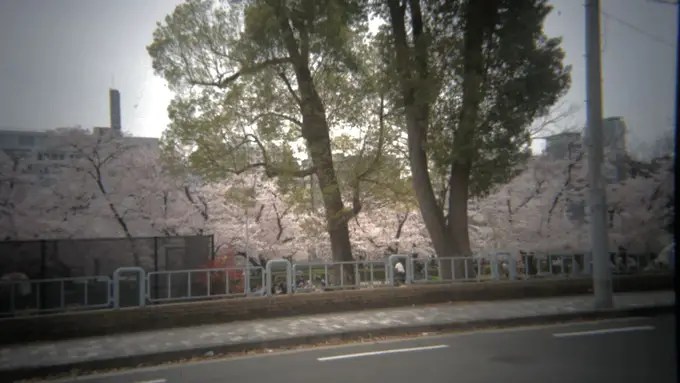Why are people obsessed with the idea of converting a film camera to digital?
On April Fool’s Day in 2011, a German design company launched a website to promote a fake product called the Re35. The Re35 was ostensibly a module the size of a film canister with a flexible digital sensor that could be loaded into any film camera. The product would let film photographers use their film cameras to make digital pictures. The Re35 was nothing more than a render. It wasn’t real. I wish we could go back to those days.
In 2016, a Swiss company crowd-funded a product called I’m Back, which was a large, boxy thing that you could attach to the back of many film cameras. It had a digital sensor connected to a focusing screen which fit onto the film plane behind a film camera’s shutter. I don’t actually recall if this product was successfully funded, because it looked (to me) like a terrible idea and I never wrote about it, nor followed its progress. But they again crowdfunded various versions of I’m back in 2017 and 2018 as well.
A couple of years later they launched a new Kickstarter campaign for the I’m Back 35, an improved digital back for 35mm film cameras that cost $350. This time it successfully raised just under $500,000.
I’ve never used one, nor have I met anyone who has. But the product was covered in all of the biggest photo and tech websites and magazines. It got a lot of publicity and coincidentally lots of people bought in. I suspect this has less to do with the product being amazing and more to do with the fact that the Kickstarter campaign was put together by a Kickstarter campaign marketing company that has successfully completed Kickstarter projects with a cumulative value of over $460 Million. They obviously know how to write a press release.
From my seat, the I’m Back 35 records pretty terrible photos. The creators say it makes images that fall somewhere “between film and digital.” Or, as people not invested in the thing’s success might describe them, bad digital photos. It’s also an enormous and unwieldy ganglion hanging grotesquely from the back of your otherwise pretty and functional film camera. Win win?
Just a few months ago the world was blessed with another new option for shooting your film cameras without film. It’s called the DiGi Swap, and it allows film camera users to strap their cell phone into a massive plastic adapter and hang the whole package off the back of their beautiful film camera. The DiGi Swap (which costs $185) squeezes a low-quality lens and projection screen in between your cell phone’s camera lens and the film plane of your film camera. There’s a dedicated app that costs $50, and this app detects when the camera’s shutter opens (I guess) and then records onto your phone whatever image it sees through your film camera’s lens.
The wonderful intermediary lens of the DiGi Swap adds a healthy dose of distortion and softness to the images made through your Leica M6 and its old, boring Summicron.
Finally, we film camera shooters can use our obsolete $6,000 film camera and lens in a way that just makes sense. We can achieve the look of $30 Holga and store those images onto our phones.
I’m not typically one to stand on my soap box and proclaim my opinion as truth, but these digital conversion products are terrible. They miss the point of film cameras entirely. We film camera likers like film cameras for two main reasons: the film, and the camera. We like the look of images made on film and the process of making them. We like the film cameras themselves because they’re fun to use, exciting to collect and to own, and because they put us into a community that’s usually much more inclusive and supportive than the digital photography community is (or was, for sure, a handful of years ago).
These film-to-digital products make no sense. They take away the film and ruin the camera. And we just don’t need them.
If you want a film camera, buy a film camera, buy some film, and help support the people in that industry. If you want a digital camera that feels nice to use, there are plenty of options out there. Leica’s Q2 is one, and less expensive offerings come from Fujifilm’s X series, and the Ricoh GR digitals are virtually identical in form and function to their old film ancestors. Or pick both, film and digital, and enjoy each for their own merits.
Support Casual Photophile and buy a camera from our shop at F Stop Cameras
Follow us on Twitter, Facebook, Instagram, and Youtube
[Some of the links in this article will direct users to our affiliates at B&H Photo, Amazon, and eBay. By purchasing anything using these links, Casual Photophile may receive a small commission at no additional charge to you. This helps Casual Photophile produce the content we produce. Many thanks for your support.]











I fantasized about something like this in the 2000s because I missed the form factor of traditional SLRs when doing digital photography. But the introduction of the Fuji X series (for me) answered that call much more neatly. Even if this tech were desirable to me, I’d want it to be a full frame sensor. What would be the point otherwise?